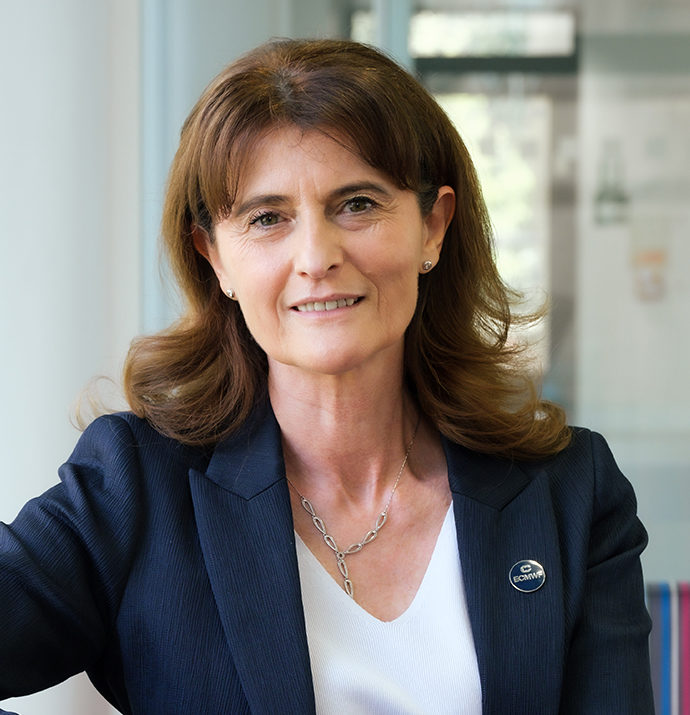 An important activity that goes hand in hand with numerical weather prediction is the establishment of a record of the recent climate. This is done by the EU-funded Copernicus Climate Change Service (C3S) implemented by ECMWF. The method is to apply a modern Earth system data assimilation system, which is also used to initialise numerical weather forecasts, to past observations. This way it becomes possible to obtain as accurate an estimate of the past state of the Earth system as possible. We have already produced several reanalyses of the weather and climate, and the most recent one is called ERA5. It is important to realise that the production of reanalyses is an ongoing process. For example, ERA5 has successively been extended further back, and now it can tell us in some detail how the global atmosphere, land surface and ocean waves have developed from 1940 to the present. The way ERA5 was pushed back from 1958 to 1940 is described in this Newsletter.
An important activity that goes hand in hand with numerical weather prediction is the establishment of a record of the recent climate. This is done by the EU-funded Copernicus Climate Change Service (C3S) implemented by ECMWF. The method is to apply a modern Earth system data assimilation system, which is also used to initialise numerical weather forecasts, to past observations. This way it becomes possible to obtain as accurate an estimate of the past state of the Earth system as possible. We have already produced several reanalyses of the weather and climate, and the most recent one is called ERA5. It is important to realise that the production of reanalyses is an ongoing process. For example, ERA5 has successively been extended further back, and now it can tell us in some detail how the global atmosphere, land surface and ocean waves have developed from 1940 to the present. The way ERA5 was pushed back from 1958 to 1940 is described in this Newsletter.
But developing reanalysis does not stop there. Every improvement of the forecasting model and the data assimilation system brings new scope for also improving our reanalysis capabilities. And there is a continuing quest to use more observations of the past in our reanalysis efforts. That is why we are already working on the next version of reanalysis, called ERA6. Another article in this Newsletter reports on efforts to make more satellite observations available for ERA6 and other future reanalyses.
Maintaining and developing the data assimilation system is, of course, also important for numerical weather prediction. A feature article in this Newsletter describes how data assimilation tests using the latest version of the linearised physics have shown a systematic and significant improvement for all parameters, levels, and regions. Another article describes the extension of the OpenIFS facility to atmospheric composition. OpenIFS enables external users to carry out research with a portable version of ECMWF’s Integrated Forecasting System (IFS). The extension, which was done jointly with Member State scientists in the Netherlands and Finland, will significantly widen the use to which OpenIFS can be put. Two computing articles illustrate the importance of technical developments in weather forecasting: one deals with ECMWF’s upgrade of the file format of weather-related parameters, which is to be completed in the next few years; and the other describes the new role of automation in ECMWF processes. The latter was implemented as we moved the data archive to our new high-performance computing facility in Bologna in preparation for the next upgrade of the IFS to Cycle 48r1. The upgrade is expected to happen in June this year, and next year we plan to start the new reanalysis ERA6.
This Newsletter illustrates, on the one hand, how all our activities are interconnected, from computing and numerical weather prediction to atmospheric composition and climate monitoring. On the other hand, it shows the collaborative dimension of our work: ECMWF could not deliver its Strategy without close interactions with meteorological services and other organisations.
Florence Rabier
Director-General
